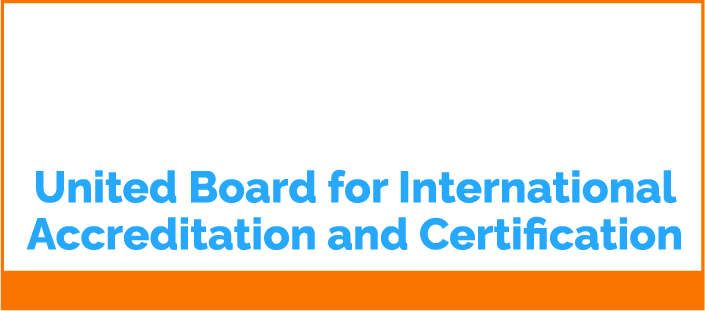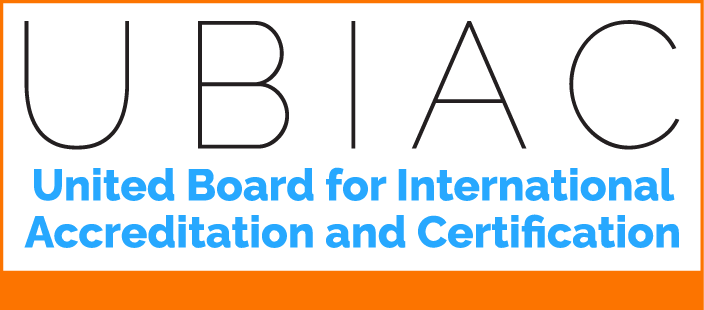An ISO 55001:2014 – asset management system provides a framework for managing an organisation’s physical, financial and intangible assets in a systematic and integrated manner. The standard is generic and applicable to all types and sizes of organisations, including public and private sector enterprises, and to all types of assets.
Asset management systems are not a new concept, and there are a number of different frameworks and standards that organisations can choose from. ISO 55001:2014 is the international standard for asset management systems, and is based on the globally recognized ISO 55000 series of standards. ISO 55001:2014 was developed by an international team of experts, and was published in 2014. The standard is generic and applicable to all types and sizes of organisations, and to all types of assets. It is designed to be used in conjunction with other management systems, such as quality management systems (ISO 9001) and environmental management systems (ISO 14001). There are a number of benefits of using an ISO 55001:2014 – asset management system. These benefits include: – improved management of assets and associated risks – improved decision making – increased transparency and accountability – a culture of continuous improvement – financial savings – improved morale – employee engagement – improved organisational performance

How it
can help
An asset management system can help to optimise an organisation’s performance by improving the management of its assets and associated risks. It can also help to improve decision making, increase transparency and accountability, and create a culture of continuous improvement. The benefits of an asset management system are not necessarily limited to the financial savings that can be achieved. There are also intangible benefits, such as improved morale and employee engagement, which can lead to improved organisational performance. In order to realise the benefits of an asset management system, it is important to ensure that the system is designed and implemented properly. A well-designed system should be tailored to the specific needs of the organisation and its assets, and should be integrated with other relevant management systems. The key to a successful asset management system is its ongoing improvement and development. As an organisation’s assets and associated risks change over time, so should the system. Regular reviews of the system are essential to ensure that it remains fit for purpose.
Our Clients Says

One stop destination for every legal process 👍🏻👍🏻 5 stars for there service
Nikhat Khan

Their service is appreciated.. good values..
Sonia rani manthapuram
Ready to get started? Contact us!
we help you improve your business through quality management & assurance services.



